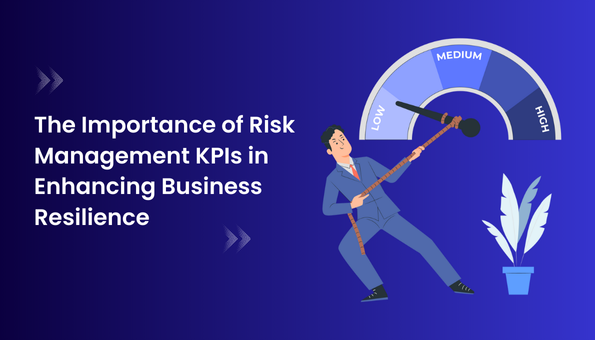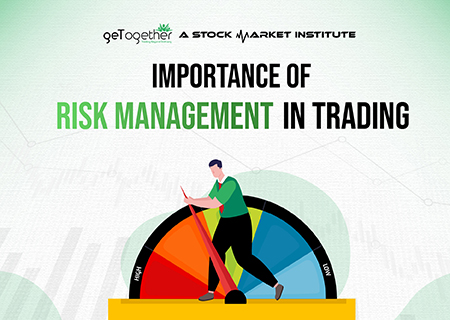Exploring the Value of Risk Management for Effective Decision-Making Approaches
In the complex world of service, Risk Management becomes an important consider the decision-making procedure. The ability to determine possible risks and possibilities, and strategize as necessary, can mean the difference between success and failing. With tools such as SWOT and PESTEL, organizations are outfitted to make educated selections, fostering durability and flexibility in an ever-changing environment. Wondering exactly how this functions? Allow's unbox the characteristics even more.
Understanding the Principle of Risk Management
Risk Management, a crucial part in decision-making, is frequently misconstrued or oversimplified. Risk Management involves organized and disciplined techniques, utilizing information and insightful evaluations. From financial uncertainties, lawful liabilities, strategic Management errors, to mishaps and natural catastrophes, it resolves different risks - importance of risk management.
The Function of Risk Management in Decision-Making Processes
In the world of strategic planning and organization operations, Risk Management plays an important role in decision-making procedures. It assists in determining possible dangers and uncertainties that could influence the accomplishment of business purposes. By tracing these dangers, companies can develop methods to minimize their impact, guaranteeing organization continuity and security. Risk Management therefore becomes a crucial tool in decision-making, helping leaders to make educated options based upon a comprehensive understanding of the dangers entailed. It motivates an aggressive method, enabling organizations to prepare for and prepare for possible future situations. This dramatically reduces the chance of unfavorable repercussions, advertising more efficient and effective decision-making techniques. For that reason, Risk Management acts as a crucial element in the decision-making procedures of any organization.

Just How Risk Management Boosts Strategic Preparation
In the context of calculated planning, Risk Management plays a critical role. Initiating with the recognition of prospective risks, it further expands to the execution of Risk reduction measures. The duty of Risk Management is not fixed however vibrant, as it requires constant monitoring and adjusting of methods.
Recognizing Possible Threats

Applying Risk Mitigation
Having established the value of recognizing possible risks, the next action is to check out Risk reduction. This process includes establishing and implementing approaches to handle determined dangers properly. It is a vital facet of calculated preparation as it improves decision-making by reducing prospective negative outcomes. Risk reduction methods can range from Risk evasion, Risk transfer, to run the risk of decrease. Each method must be customized to the certain Risk, considering its possible influence and the company's Risk tolerance. Effective Risk reduction calls for a deep understanding of the Risk landscape and the potential effect of each Risk. This understanding allows companies to focus on threats and allocate sources properly, making sure that one of the most substantial dangers are resolved initially.
Monitoring and Readjusting Approaches
Though Risk mitigation is a vital action in calculated planning, continuous monitoring and adjustment of click this these strategies is just as vital. It additionally supplies a chance to assess the success of the Risk Management actions, permitting modifications to be made where required, further enhancing strategic preparation. Surveillance and readjusting Risk Management strategies is a critical component for boosting a company's durability and calculated planning.
Case Studies: Successful Risk Management and Decision-Making
In the globe of company and money, successful Risk Management and decision-making commonly serve as the columns of prosperous ventures. These situations highlight the value of sharp Risk Management in decision-making processes. These situations emphasize the important function of Risk Management in calculated decision-making.
Devices and Techniques for Reliable Risk Management
Browsing the intricate puzzle of Risk Management needs the appropriate set of devices and techniques. These tools, such as Risk signs up and warmth maps, aid in recognizing and assessing prospective threats. Techniques include both measurable approaches, like sensitivity analysis, and qualitative approaches, such as SWOT evaluation. These help in prioritizing dangers based upon their potential impact and likelihood. Risk response techniques, a key element of Risk Management, entail accepting, avoiding, transferring, or mitigating dangers. Surveillance and regulating threats, through regular audits and reviews, make sure that the approaches remain effective. With these techniques and tools, decision-makers can navigate the complicated landscape of Risk Management, thus promoting educated and reliable decision-making.
Future Trends in Risk Management and Decision-Making Approaches
As Find Out More we explore the large landscape of Risk Management, it becomes evident that the tools and techniques used today will proceed to progress. Future patterns direct in the direction of a raised dependence on modern technology, with expert system and equipment learning playing significant duties. These modern technologies will allow organizations to predict possible threats with higher accuracy and make even more enlightened decisions. In addition, there will certainly be a growing emphasis on durability, not just in taking care of dangers but also in recuperating from unfavorable situations. The concept of Risk culture, where every participant of an organization is mindful and involved in Risk Management, will gain a lot more prominence. These patterns proclaim a more aggressive and inclusive Related Site method in the direction of Risk Management and decision-making.
Conclusion

Risk Management therefore ends up being an important tool in decision-making, aiding leaders to make educated choices based on a comprehensive understanding of the threats included. Risk mitigation approaches can vary from Risk evasion, Risk transfer, to risk decrease (importance of risk management). Efficient Risk reduction needs a deep understanding of the Risk landscape and the possible effect of each Risk. Risk reaction strategies, a vital element of Risk Management, involve approving, preventing, transferring, or mitigating threats. The principle of Risk society, where every member of an organization is mindful and entailed in Risk Management, will certainly obtain extra prestige
Comments on “The Importance and Importance of Risk Management in Ensuring Business Continuity”